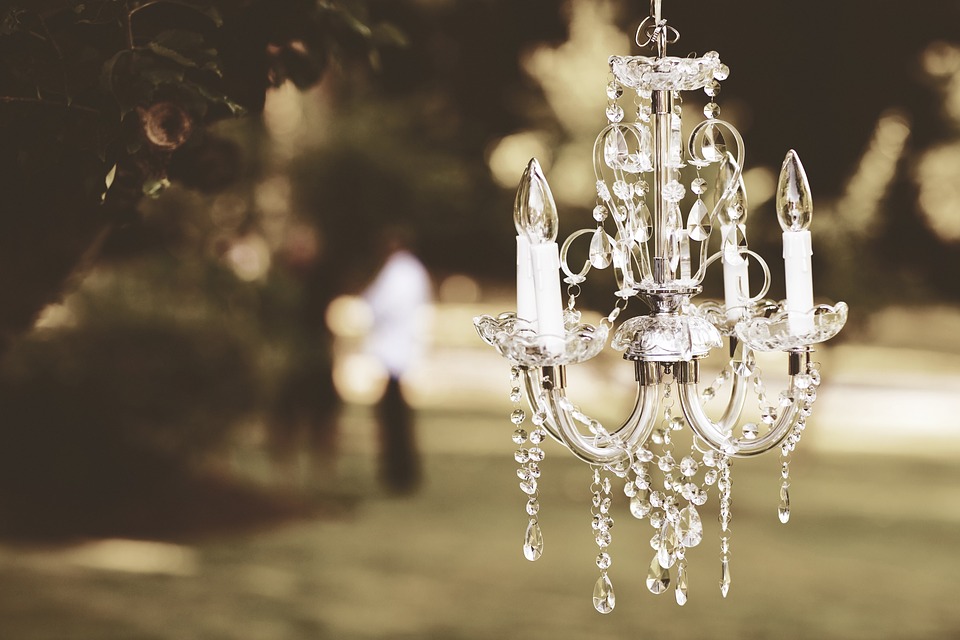When you think of decorating a room, you may not immediately think of the lighting – after all, lights have practical purposes. When you think of decorating a room, you may be more inclined to consider where the sofa should go, what kind of wallpaper goes best with the carpet, and where the paintings or picture frames should go.
The truth is that lighting is an incredibly important aspect of interior design; it can make that sofa look great, it can highlight a particular painting or picture, and it can set the mood for either work in the kitchen or relaxation in the bedroom. When it comes to lighting, however, there are many choices – so how do you select what’s right for you? Here’s an overview of your top choices when it comes to light fixtures.


A chandelier is timeless – and it makes a great statement. The eyes are automatically attracted to the chandelier, simply because it adds a lot of beauty and grace to the source of the light. Whether it’s hanging low or hanging high, or whether it is of simple design or oozing with crystals and light-dazzling glass, it’s sure to be an eye-catcher. They come in all styles to match the existing décor, and in all sizes and models for anyone’s taste.
Kitchens, family rooms, and hallways make an especially good setting for ceiling mounts. They add a decorative touch whilst providing all your practical lighting needs. Often they can be focused to the right place so it’s perfect for task lighting as well.
Think of wall sconces as task lighting for very specific purposes. There are many fixtures you can choose from – think outside the box and see if you can find some wall sconces that not only serve the purpose of lighting up a specific area, but also lend a charming decorative touch as well. Industrial lighting wall sconces and fixtures, for example, can add a great vintage feel to your home.
They’re popular in every room and should be both practical and give nice ambient lighting.
Beware of recessed lighting – it’s not for every area. It’s more about design than function.
Here’s one more thing – an important thing – you should know about lighting, however: there are different colours and different hues, and they can all be selected for optimum effect. Generally speaking, you should have different lights (of different colours and intensity) in every room – it’s a matter of being able to have enough lights for tasks (task lighting), for atmosphere (ambient light) and accent lighting (for highlighting that particular beautiful piece of art). The key is to strike a balance, and to make sure each can be controlled separately, with its own switches. Happy designing!
You must be logged in to post a comment.